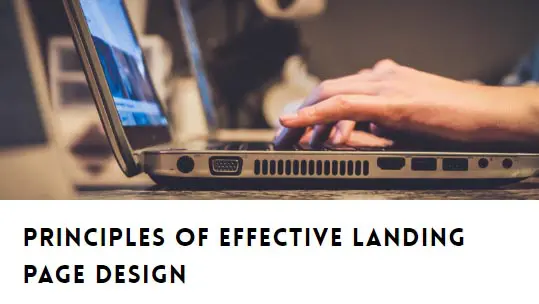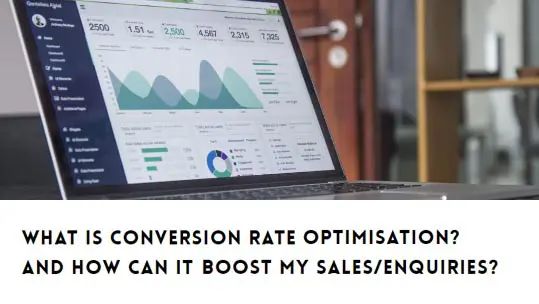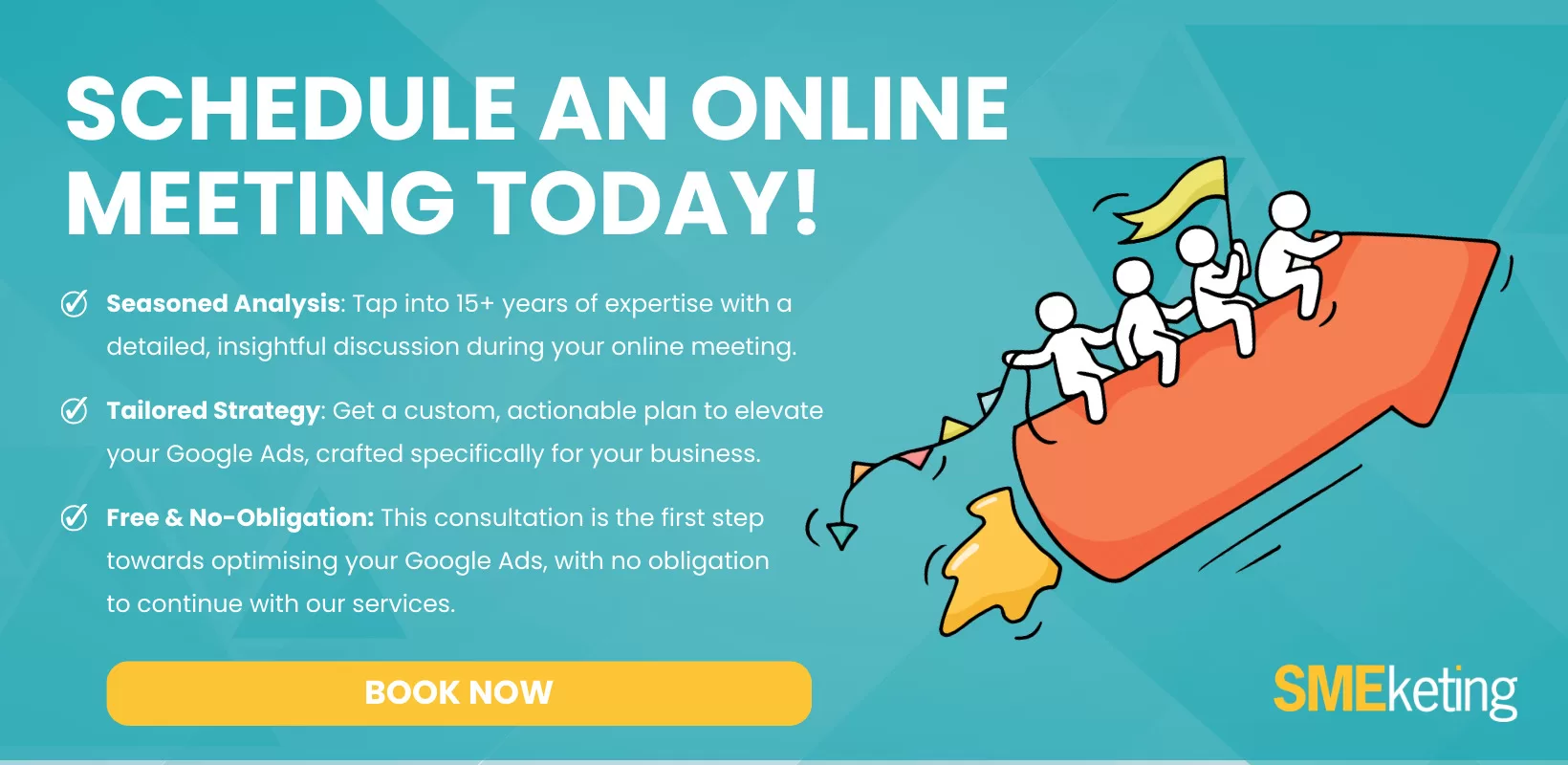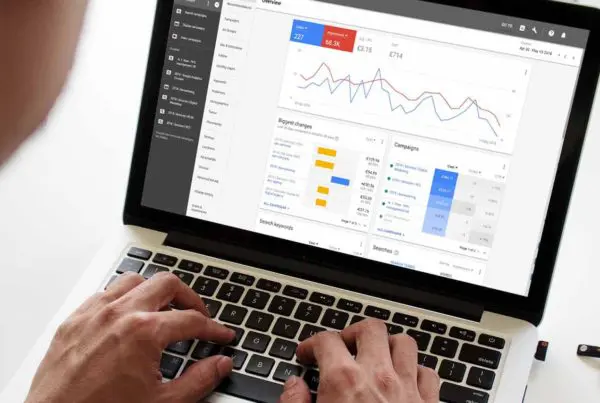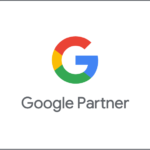Anyone involved in B2B marketing knows that generating new leads is essential for improving sales and building a loyal customer base. Reaching this audience can be challenging, however. Traditional techniques used in B2C marketing aren’t always effective; and the tone and content of your adverts must differ significantly as well. This article explains why Google Ads for B2B lead generation campaigns should be a key focus.
Developing a strong lead generation strategy should involve many tactics, including search engine advertising. Google Ads, in particular, is a mainstay of online advertising. After all, 73% of the paid search market belongs to Google.
Most strategies for lead generation tend to fixate on lead magnets that rely on a steady stream of website traffic. Google Ads, meanwhile, is relatively overlooked as a strategy for B2B marketing. That’s a mistake. When focused on lead generation, Google Ads can produce one of the best returns on investment (ROI). Indeed, the average conversion rate for Google Ads is 3.75%, according to WebFX.
Impressed? You should be. If you’ve not already considered using Google Ads for lead generation, it’s time to start. In this post, we’re explaining everything you need to know about Google Ads B2B lead generation campaign.
What is a B2B lead generation campaign?
B2B (business-to-business) lead generation involves identifying prospective businesses interested in purchasing your product or service. In this case, the target audience are the decision-makers within companies and organisations – be it the company owners, a buyer, or other aspect of acquisition.
Companies do not behave like ordinary consumers. Emotional marketing is rarely effective, as businesses tend to be motivated more by the quality, experience, and price of your business and products/services.
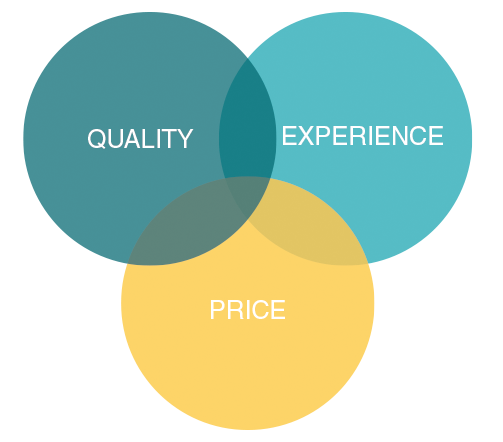
Some key motivations for B2Bs
Does Google Ads work for B2B lead generation?
Yes! No matter how you cut it, Google Ads is one of (if not the) biggest advertising platforms worldwide. Through the platform, you gain access to millions of businesses; plus, Google gathers data on users you can harness as part of your campaign.
Compared to tried-and-test techniques, like hosting a webinar or offering content upgrades, Google Ads has a substantially higher conversion rate: 3.75%. Even Google’s biggest competitor, Bing Ads, struggles to match that figure: the average conversion rate for Bing Ads is 2.94%.
Considering 93% of all online experiences begin with a search engine – including searches for a product or service – ignoring Google Ads is a foolish idea. Small wonder more than 80% of businesses worldwide use Google’s pay-per-click (PPC) advertising.
That doesn’t mean all you need to do is set-up Google Ads and the leads will start rolling in. To master this advertising medium, you’ll need to follow some reliable marketing techniques.
How to use Google Ads for B2B lead generation
Mastering the art of B2B lead generation can be tricky. Businesses, after all, are a little discerning about who they choose when purchasing a product or service. Still, with these Google Ads tips, you can drive lead generation, boosting revenue and profits.
1. Choose high intent keywords
Finding the right keywords is at the heart of Google Ads. No matter whether you’re involved in B2B or B2C marketing, keywords are paramount. Where these marketing strategies differ is in the type of keywords you need to select.
Think about the mindset of a business. When they’re searching Google for a particular service or product, what kind of queries are they typing in? That’s a fundamental question.
Where many B2B marketers go wrong is solely targeting their brand name or a basic keyword like “buy [product name]”. These non-specific keywords are frequently highly valuable, and so soak up a lot of your marketing budget.
Better to select longer-tail keywords that are further down the funnel, and therefore closer to conversion. Instead of the short-tail keyword “office furniture”, you might choose “office furniture for small businesses” or “affordable office furniture UK.” These keywords have a lower search volume, but they demonstrate greater keyword intent.
Use keyword tool like SEMRush’s Keyword Magic Tool or Google’s Keyword Planner to find appropriate keyword that balance competitiveness and search volume.
2. Build a list of negative keywords
Negative keywords are the search terms you don’t want to appear for. If you sell trees, for instance, adding the negative keyword “Christmas” will ensure you won’t appear for searches such as:
- Artificial Christmas trees
- Christmas tree
- Christmas tree decorations
Reducing unwanted clicks will lower your ad budget, leaving less money available for genuine potential leads. This runs counter to traditional advertising logic, where the marketing net is cast as wide as possible. In Google Ads, precision marketing is king.
You can identify negative keywords by searching your keywords in Google. Look for some of the recommended search results wholly unrelated to your business and add them to the list. You can also review your Google Ads search reports; they’ll list the search term you’re appearing for. Go through the list and identify any potential negative keywords.
Google Ads has three categories of negative keywords:
- Negative broad match. Your ad won’t show if the search term contains all the negative keywords.
- Negative phrase match. Your ad won’t show if the search term contains the exact keywords in the same order.
- Negative exact match. Your ad won’t show if the search term contains the exact keywords, in the same order, without any additional words.
By building a listing of negative keywords, you focus your marketing efforts on more qualified leads that have a greater chance of becoming paying customers.
Learn more about negative keywords in the article below:
3. Pick a campaign objective
Picking keywords and building negative keywords does not make an advertising campaign. For that, you need a clear objective. Do you want to build brand awareness? Generate leads? Increase traffic to your site?
The objective you pick will determine your ad’s copy and the type of campaign you run. Google Ads has multiple campaign types, including options to set the objective. (That’s particularly important for automatic and smart bidding strategies.)
Think about how you’re hoping to generate leads. If you’re not sure, test out your different options. It’ll give you a feel for how to run a campaign and the varying results you can expect.
4. Optimise your ad and landing page
When it comes to writing ad copy, keep your target audience in mind. Businesses, as mentioned, think in terms of quality and price. They want value for money. After all, if a product or service isn’t up to standard, they’re customers can suffer as a result. That’s not just annoying; it can cost thousands or more in future custom.
You’ll also want to consider where your ad links to (your landing page). For example, if your ad relates to a specific product, it makes little sense linking to your home page. In fact, the more clicks a customer has to make the fewer leads you’ll generate.
Google’s A/B testing can help answer some of the questions. Using this feature, you can experiment with different ad types, layouts, copy, colours, and more. Google will run the ad for a set period, monitoring the results, and letting you know which performed best.
More top tips for your landing pages in the articles below:
5. Select your ad type
Google offers a range of different campaign and ad types that you can choose from, based on your products/services and goals. For many B2B lead generation campaigns you might want to start with the following:
- Search campaigns: Bidding on keywords you know your target audience is using, and having your ads show in the Google search results page.
- Remarketing ad on the display network: Retarget people you know are interested in your products or services by showing them adverts on other websites. Learn more about remarketing campaigns here.
- Responsive search ads. Google presents the ad copy (from a range of pre-set options) based on users’ searches to increase relevance. You can add a range of different headlines and descriptions which Google will pull together to create the best advert for that particular user. Learn more about responsive search ads here.
- Dynamic search ads. Google pulls the information from your specified landing pages to create ads automatically. Learn more about DSAs here.
6. Use all the Google Ad extensions
Google Ad extensions allow you to increase the size of your ad, boosting the chance a customer clicks. Currently, there are ten types of extensions to choose from. Here are some particularly relevant to lead generation:
- Sitelink extensions link to a specific page of your site, e.g., a product page or store hours. According to Google, this extension increases your click-through rate by up to 50%.
- Callout extensions allow you to add additional text, like “24/7 customer support” or “free delivery.” Highlighting key benefits can trigger an uptick in lead generation.
- Lead form generation adds a form to your ad allowing people to sign up. It’s one of the best ways to boost your lead generation.
- Call extensions include a contact number via your site. Businesses can then call you directly to get a quote or hire your services.
7. Track your progress
Once you’ve finished setting up your campaign, it’s time to let it run. However, don’t forget about it. Even the best campaign needs constant monitoring and tweaking. Continually refine your ad copy using A/B testing, adding new negative keywords, and further optimising the keyword you’ve selected.
Play close attention to the number of leads generated – this is the most important metric above all.
For further information about running a Google Ads campaign, please get in touch.
- How to Do Keyword Research for Google Ads - January 15, 2024
- A Comprehensive Guide to Google Ads for B2C Businesses - January 8, 2024
- How to Write Calls to Action (CTAs) for Google Ads - December 25, 2023





